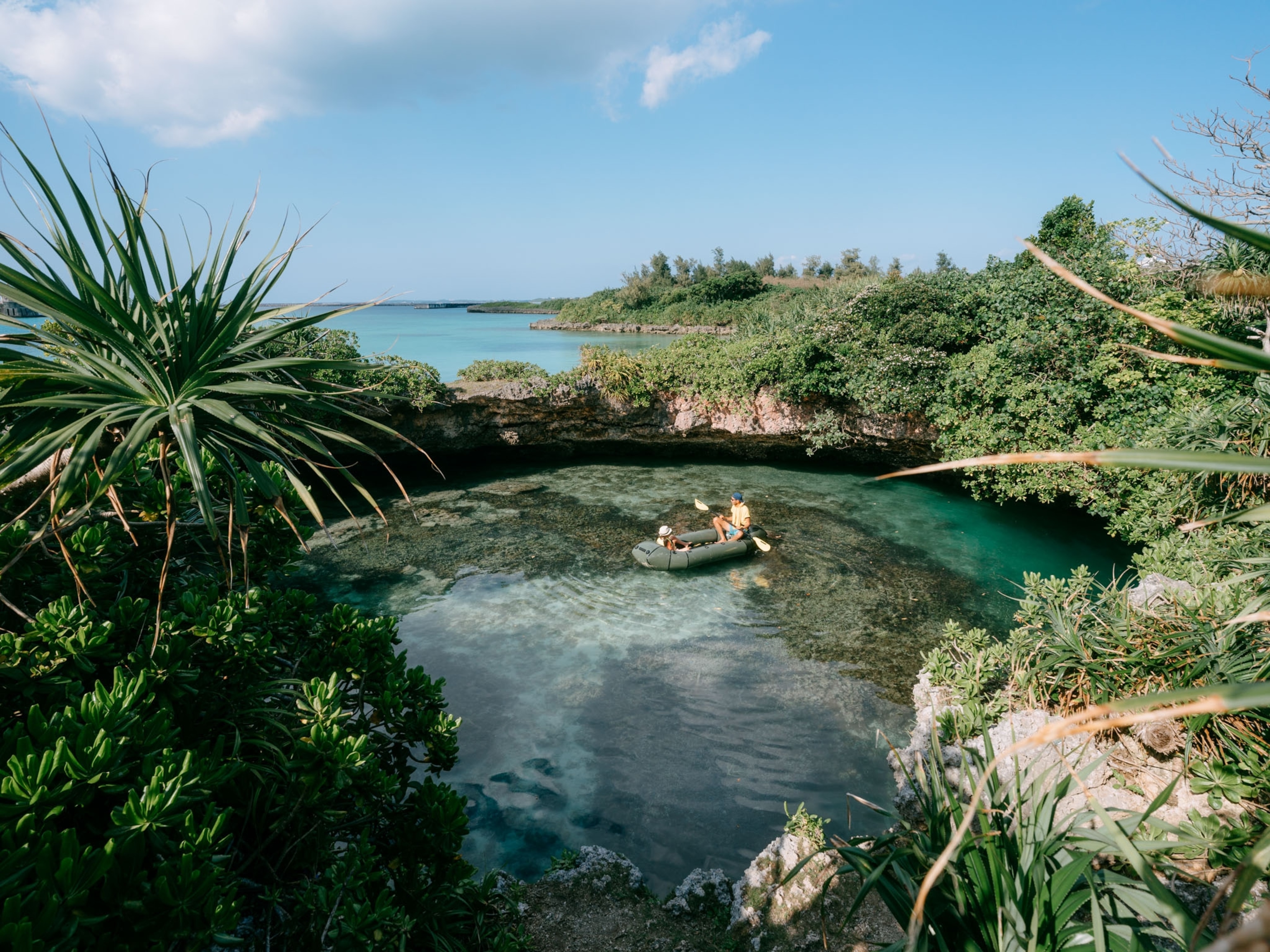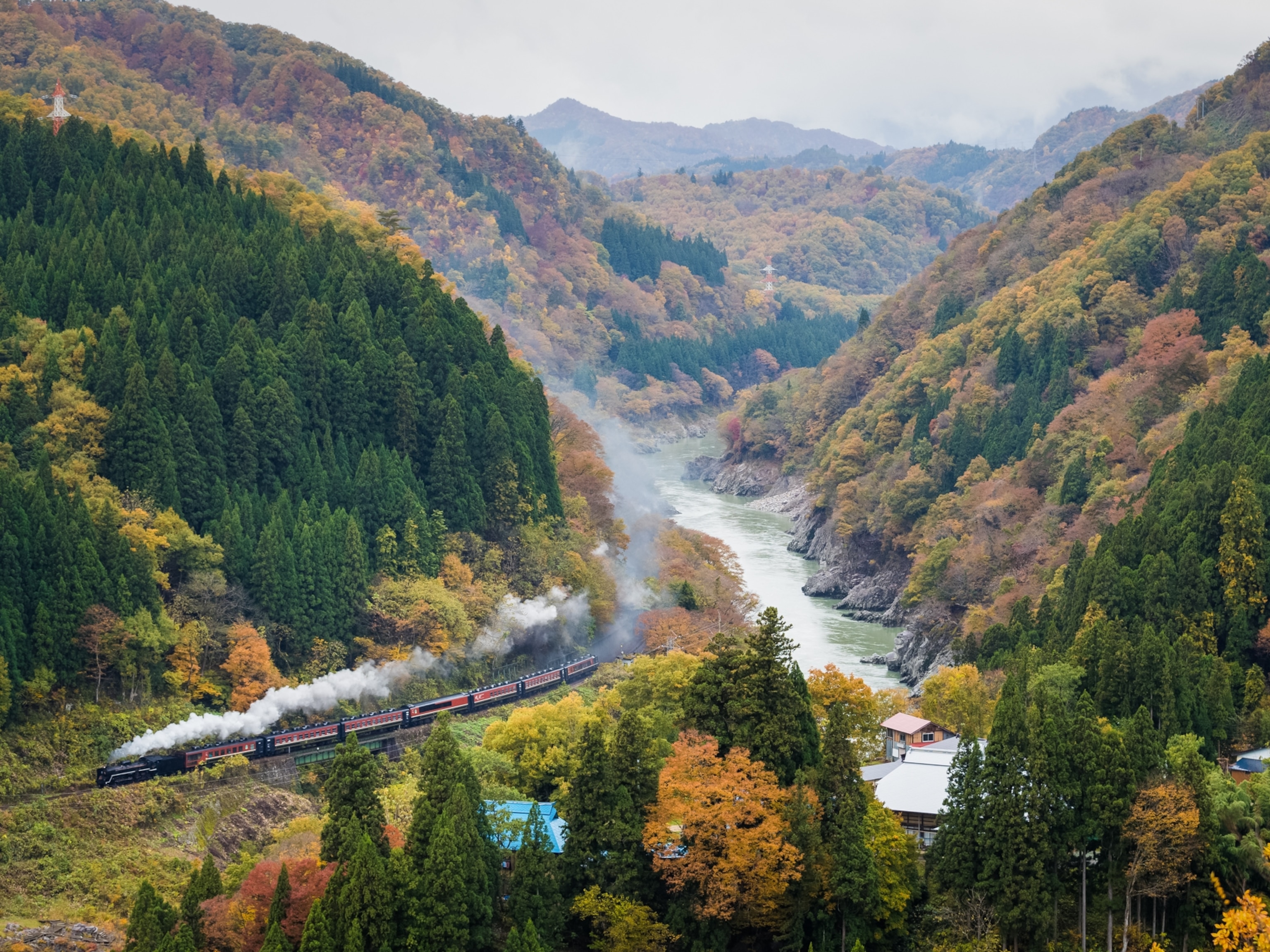
Sake or Caipirinha? Welcome to Brazilian-Japanese Food Culture.
Get an unexpected taste of this diasporic community.
The beauty of traveling to a new place is in the act of discovery—and there is much more to behold than that first glance around. For those looking for a shift from the norm, take a journey through your destination’s lesser known communities and you will quickly find yourself surrounded by unexpected, far-flung pockets of culture.
Brazil, a country widely known for samba and white beaches, is one such destination, where unique communities cut through traditional assumptions. The country is a melting pot of diverse cultures from Europe and Africa, and many travelers are surprised to learn that Brazil is also home to nearly two million Japanese descendants, the largest group outside of Japan.
This community of Japanese emigrants, otherwise known as nikkei, first began entering Brazil in 1908 and found work on the country’s coffee plantations. Thrust into a vastly different culture far away from home, these immigrants retained strong ties to their Japanese heritage—and did so with a particular regard for food.
For diaspora groups like the nikkei, food habits are one of the major aspects of culture that is rarely forgotten. Daily eating rituals and food preferences all support a persistent connection to identity, acting as a constant tie to home.
This connection to cuisine was further emphasized over the next century as the nikkei built up a vibrant framework of Japanese markets, restaurants, and specialty grocery stores on the streets of São Paulo.

Three generations after the first nikkei settled in Brazil, the Japanese government amended the immigration laws, allowing them the ability to return to Japan as laborers. Incentivized by higher wages, more than 300,000 Japanese-Brazilians traveled in a reverse migration back to their ancestral homeland.
In an interesting twist, the parallel nikkei community that emerged in Japan identified as predominantly Brazilian—a stark opposition to its Japanese-minded counterpart in São Paulo.
Rather than revere Japanese heritage and cuisine, many nikkei who migrated to Japan instead craved the rich flavors and culture of Brazil, where they had spent their entire lives. As a result, an industry of Brazilian restaurants and stores rapidly grew and thrived in Japan, satiating nostalgic food preferences in their new home.
Today, two disparate nikkei communities exist within the two countries, each hosting a contrast of characteristics and ideals within their societies and their food culture.

In São Paulo’s Liberdade district, Japanese restaurants abound, selling ramen and sushi on every corner. In the quiet seaside city of Hamamatsu, Japan, where the largest population of Brazilians resides, specialty butcheries and shops advertise fresh pão de queijo, feijoada, and Brazilian-style cuts of meat.
By encouraging the literal digestion of their culture through cuisine, nikkei communities in both countries have cultivated their own distinct food scene. Whether traveling through Japan or Brazil, it’s worth a side trip to experience the tastes and culture of these unique pockets of society, transplanted from another part of the world.
Here’s where to get a taste in Hamamatsu, Japan:
Servitu: Part Brazilian lunch buffet, part specialized grocery store and butchery, this place gets its charm from the giant, colorful posters of Brazilian beaches plastered around the dining area. Customers come to indulge in a variety of dishes ranging from feijão (beans) to sweet Brazilian pastries.
Bella Massa: Known for its Brazilian-style pizzas, flatbread esfihas, and calzones, Bella Massa boasts pies that are topped with hearts of palm, cassava, cream cheese, mayonnaise, and even scrambled eggs. Be sure to wash it all down with an acai fruit juice.
- National Geographic Expeditions
Restaurante Mineiro Trem Baum: Trem Baum specializes in food from Minas Gerais, a state many consider to be the cradle of Brazilian cuisine. Nikkei are drawn from all over Japan to try the restaurant’s famed tamale-like pamonha while watching Brazilian telenovelas on the restaurant’s flat-screen TV.
Here’s where to get a taste in São Paulo, Brazil:
Meu Udon: Chef Yoshio Mizumoto’s traditional udon shop serves stunningly good classic kake udon and Kagawa-style kamatama udon, made from scratch daily. Mizumoto pairs his dishes with sides of delicate tempura vegetables and seafood, which he encourages customers to dip in their broth as they dine.
Bar Kintaro : Expat and former Brazilian national sumo champion Willian Takahiro Higuchi operates this Japanese-Brazilian fusion izakaya alongside his family. Customers come to snack on cold plates like pork with miso, Japanese spinach, and chicken gizzards as they sip on sake or beer.
Japanese Street Market: Every Sunday, crowds pack the Praça da Liberdade as vendors whip up a variety of Japanese dishes like okonomiyaki, gyoza, takoyaki, sushi, and more. This weekly celebration of Japanese culture is a highlight not to be missed.





